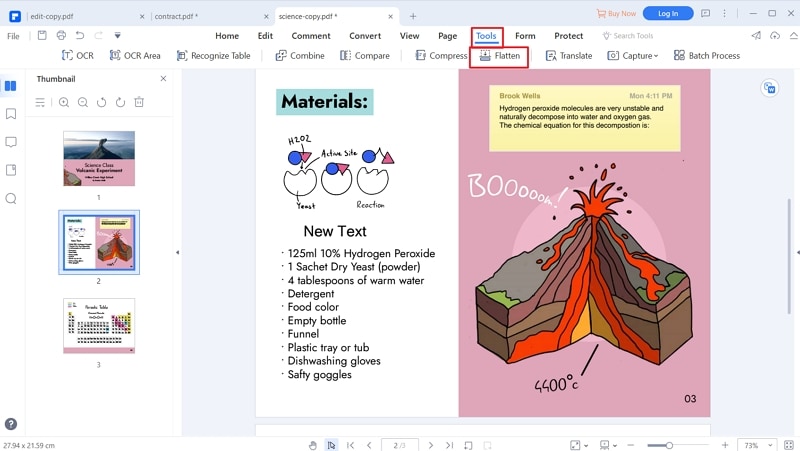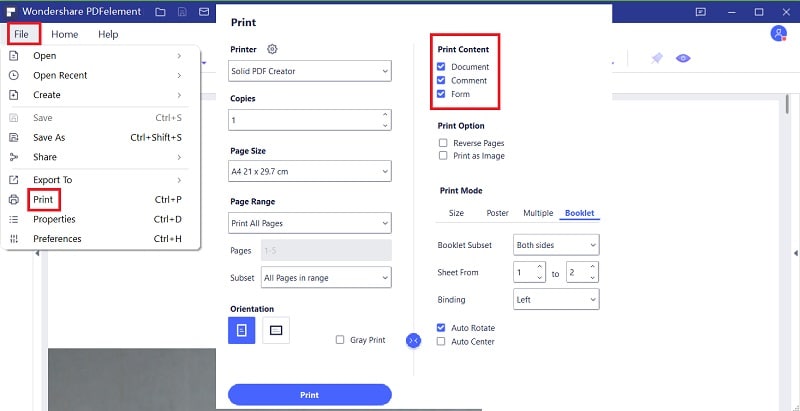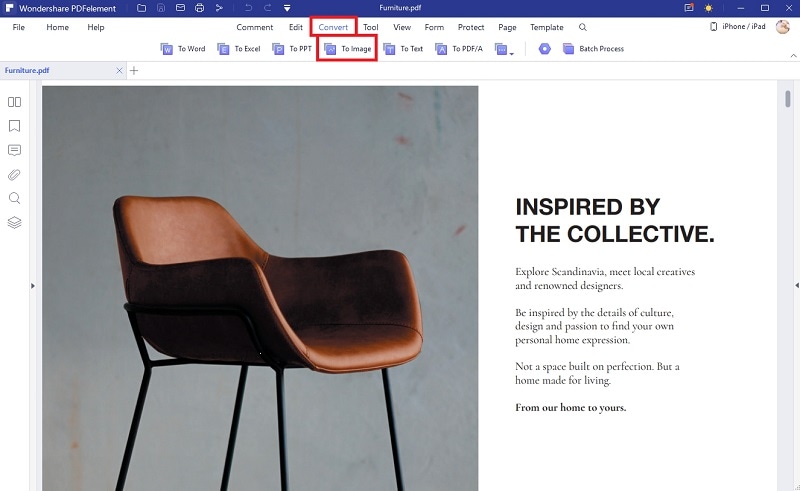Three Methods to Help You Flatten PDF Easily
A flat PDF is free from any interactive elements such as checklists, checkboxes, text boxes, drop-down boxes, annotations, etc., and non-visual elements such as form data and/or other data (like images, and hyperlinks) stored within the file. It helps in making the otherwise element rich document suitable for printing, sharing, and distribution. The flatten PDF is visually similar to the original yet compressed, faster to render and prevents others from making unwanted changes, hence forming a more secure and faster to load a document. Sometimes it is necessary to flatten a PDF file where its contents and colors seem off, PDF file gets stuck in conversion or there are errors in export settings of the PDF.
How to Flatten PDF with PDFelement Pro Easily
PDFelement Pro is one of the best all-in-one PDF software. It offers a wide range of features for editing, creating, annotating, converting, optimizing, forming, and other tools to handle all your PDF needs. PDFelement Pro also delivers more advanced features like batch processing and OCR (Optical Character Recognition). Follow three ways to flatten a PDF file using PDFelement Pro.
Method 1. Flatten PDF Directly
Step 1. Open a PDF in PDFelement Pro
Make sure your system is up to date and you have downloaded the latest version of PDFelement Pro. Click 'Open File' in the interface and select the layered PDF file you wish to convert to a flat PDF.
Step 2. Flatten PDF
Once the file is open, click on the 'Home' tab and navigate to 'Flatten PDF', you may now save, rename and change the location of your PDF file. Then the flatten PDF will automatically open in PDFelement Pro.

Method 2. Print to PDF and flatten PDF
Select the layered PDF file you wish to convert to a flat PDF. Fill out the PDF form if applicable. Then click on the 'File' tab and navigate to 'Print', choose the 'Wondershare PDFelement' as printer, then click the 'Print' icon. You now can flatten PDF by print to PDF.

Method 3. Convert PDF to image and flatten PDF
Open a PDF file you need to flatten. Click on the 'Convert' tab and on the Convert toolbar select output as 'To Image'. Select the 'Format' in which you wish to save the image. Then you can flatten a PDF file by convert PDF to image.

Tips to Flatten PDF:
- Using a PDF flattening tool like PDFelement Pro renders all the layers into one visible layer which is un-editable, compressed and manageable.
- Make sure you use a copy of the original document as flattened PDF's cannot be undone. Always make sure to keep a backup, under a different file name.
- When printing flat PDF's make sure to adjust transparent objects or text before saving. If it contains transparent objects, such as images with transparency, flattening will remove transparency information and convert images to a format that the printer can interpret which may result in loss of information or content.





Ivan Cook
chief Editor